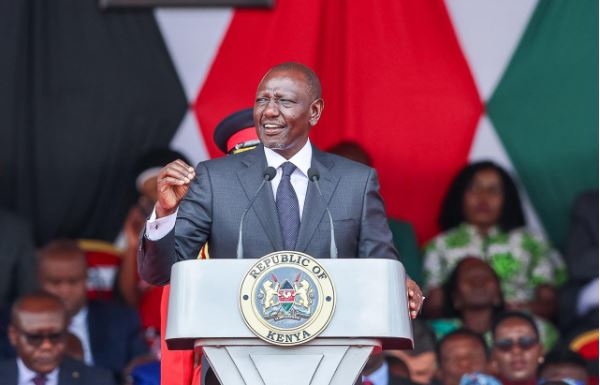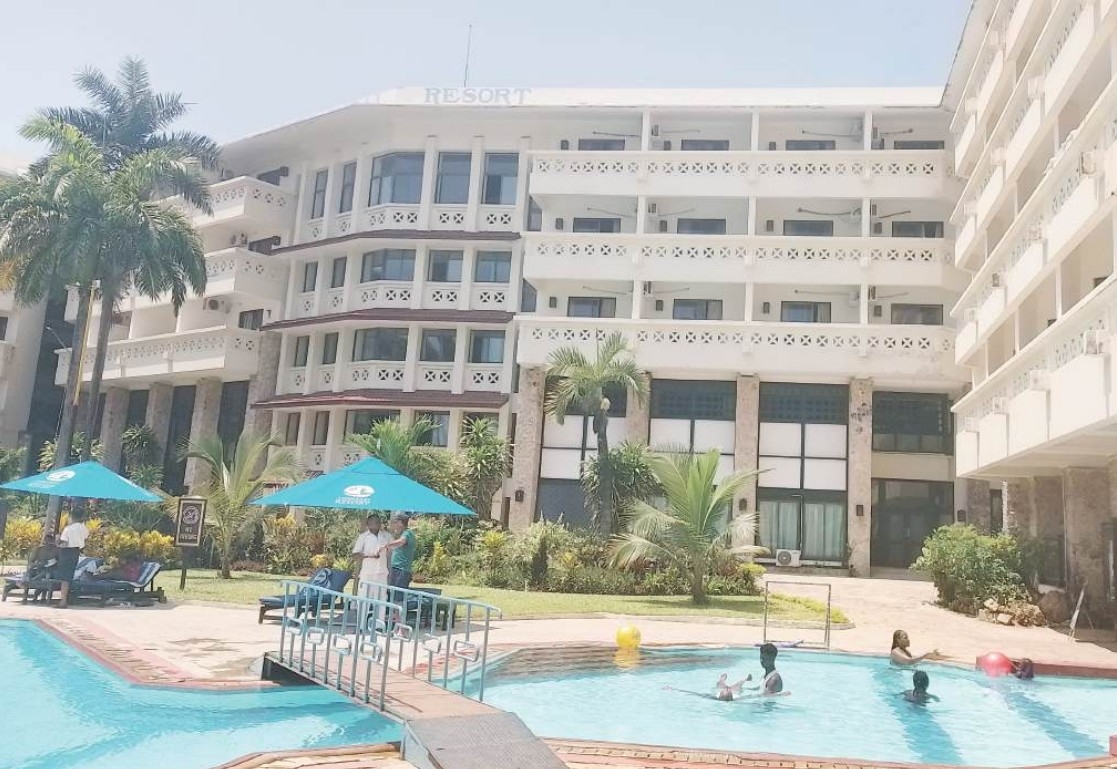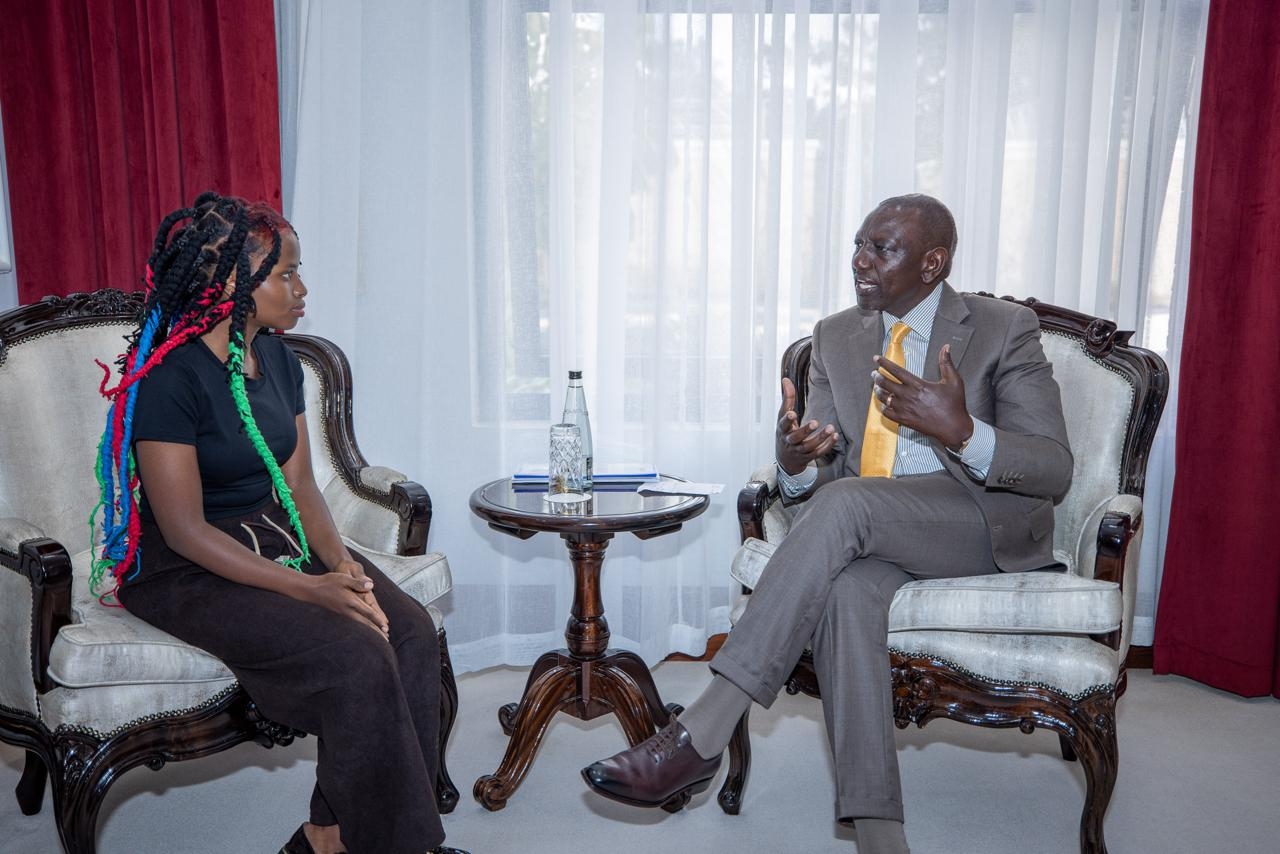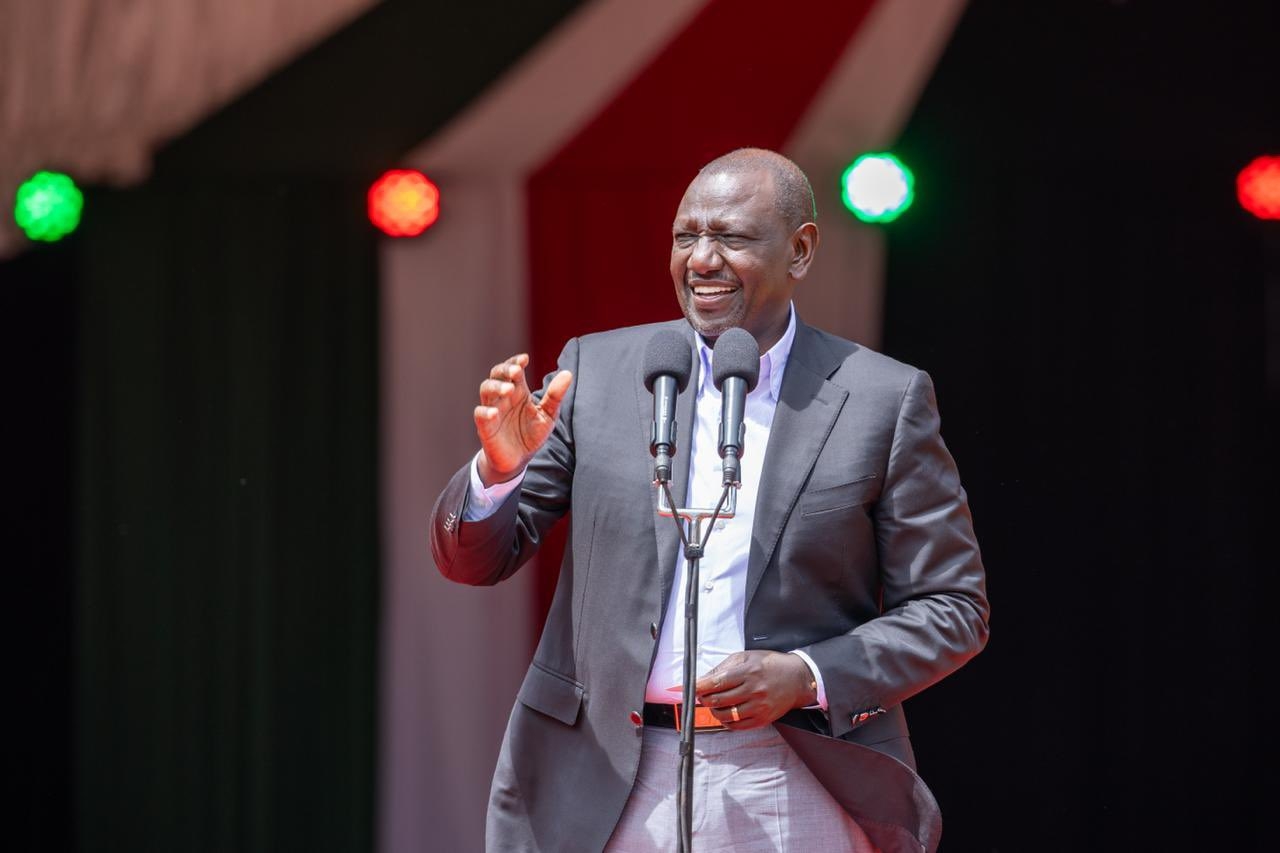President Uhuru Kenyatta has officially opened the new ultra-modern Kisumu Railway Station located on Busia Road next to Kisumu Cotton Mills (KICOMI) as he commences his 3-day working tour of Nyanza and Western Kenya regions.
The President first landed on Monday evening in Miwani where he inspected rehabilitation works of a viaduct on the Nakuru-Kisumu railway line implemented by the Kenya Defence Forces.
The president later visited the Kisumu Railways station where he officially opened the facility.
The station was constructed as part of rehabilitation works of the Nakuru-Kisumu railway and the re-introduction of passenger service on the route.
It is equipped with a spacious ticketing zone, lounge and powerful public address system.
Next to the Railway Station is a business complex with 50,000 square feet of commercial rental space available to traders looking to benefit from the high human and small cargo traffic using the facility.
While addressing the leaders including locals, the President lauded KDF for their work and also the NYS saying infrastructure was key to unlocking the economy, building it and creating more wealth and employment opportunities for thousands of jobless people.
He said with the Railways the cost of Transport has reduced and people can now travel affordably.
On Tuesday, the However on Tuesday, the head of state will oversee the official commissioning of the Kisumu Shipyards Limited at Kisumu pier.
He is also expected to oversee the floatation of the MV Uhuru II ship which is nearing completion.
The Sh2.4 billion vessel with a capacity of 1,800 tonnes was being built at the Kenya Shipyard Limited's Kisumu facility by Kenyan agencies, including the KDF, in partnership with Dutch firm-Damen shipyards.
This is the first ship to be constructed and locally assembled in the country which has given the country a great milestone as it positions itself to tap into the potential of Lake transport and the blue economy.
According to the Kenya Shipyard Limited, assembling the ship locally has saved the Kenyan taxpayers Sh1.3 billion an amount that would have been used for imports.
It will complement the old MV Uhuru 1 built-in 1966 and being operated by Kenya Railways, currently ferrying goods mainly petroleum products to Uganda.
MV Uhuru 1 has a capacity of 1,260 tones.
Completion of MV Uhuru II will bring the total Kenya vessel capacity at the Port of Kisumu to above 3,060 tonnes.












